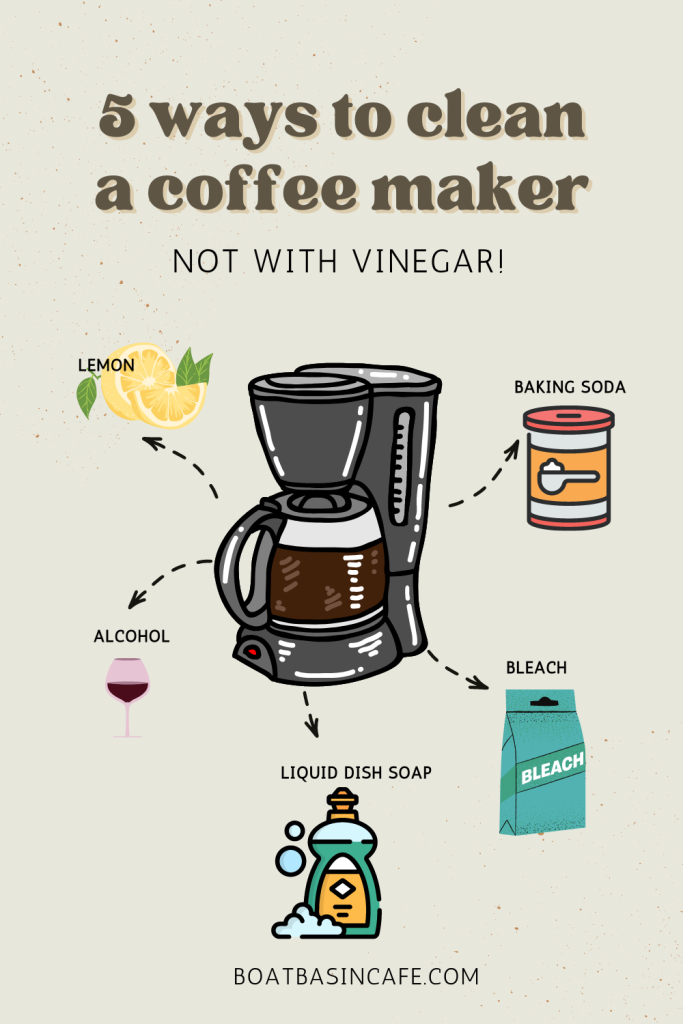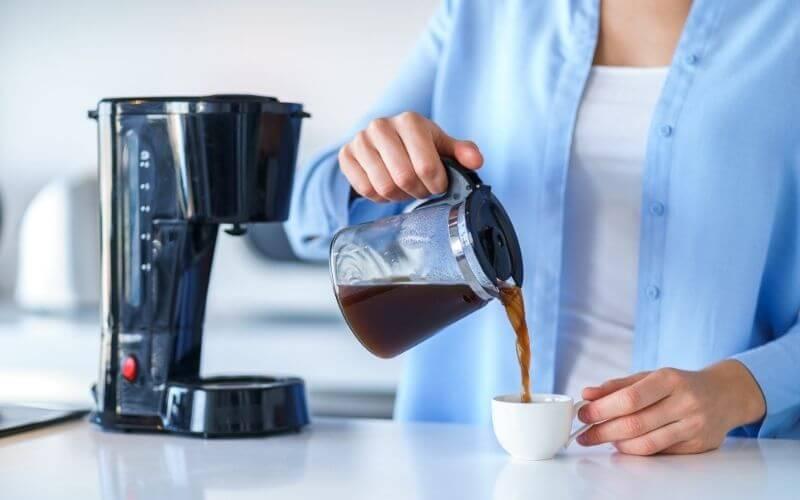There is nothing better than to start the morning with a good cup of coffee and its warm smell. La Roque called it “the King of Perfumes”. Whether it is to fix a hangover or to get a mid-day boost, we simply can’t live without coffee!
As much as we love this bitter, roasted drink, do we ever invest the time to take care of the machine?
Cleaning a coffee maker is very important especially if you’re a regular coffee drinker. These machines collect residue and grime that can result in germs and bacteria.
If you want to avoid this nasty situation, check out our key ways on how to cleanse coffee makers without vinegar!
The Problem with Vinegar for Coffee Maker
Vinegar is actually a very popular ingredient for cleaning up coffee machines and other kitchen gadgets. This is because vinegar does a good job in removing stains and bacteria; the downside, however, is the awful smell!
We might be able to handle the smell if used on countertops or the oven. But imagine making a fresh cup of coffee and smelling the vinegar in it. Is there anything more horrific than that?
You might be wondering, can you use apple cider vinegar to clean a coffee pot? The answer remains the same.
When you run vinegar through the coffee maker, it takes at least five/six sessions to properly remove the smell from the machine. The acidic nature of the vinegar can also interfere with the taste of your coffee.
Besides, why even bother with vinegar when there are plenty of alternatives that work well if not better! The best way to rinse coffee makers is not with vinegar.
Here are our favorite ways to polish coffee makers without vinegar.
How to Clean a Coffee Maker with Lemon
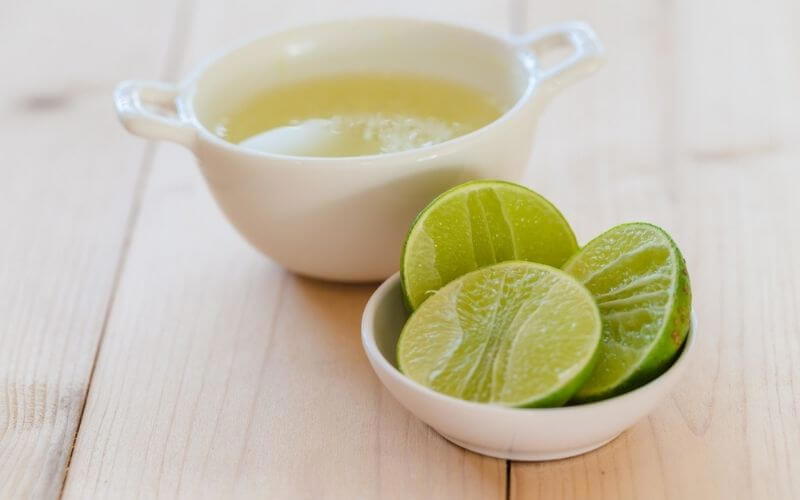
Lemon is a popular alternative to vinegar as both of them are highly acidic. They both deeply remove all the buildups and grimes from your coffee machine.
But lemon smells wonderful and isn’t as abrasive as vinegar. It is one of the best ways to clean a coffee pot.
So here’s how you use lemon to disinfect coffee makers:
Step 1: Squeeze two lemons and dilute the juice with water.
Step 2: Run a cycle using only water to soften the buildups and to remove as much coffee residue as possible.
Step 3: Add half a cup of lemon juice (two lemons) with the same amount of water and pour them into the water reservoir.
Step 4: Let the mixture sit there for 10 minutes to break down the grimes and grease. Then add a filter and turn the machine on.
Step 5: Run the machine for one or two cycles until you see the water turning brown and dirty.
Step 6: Remove the dirt water and continue the same brewing process using clean water two more times.
Tip: You can use denture tablets instead of lemon to remove all the buildup water particles.
Why Baking Soda is a Better Alternative
Baking soda is a mild alkaline substance that is safe to use on various surfaces, including the interior of your coffee maker. It is non-corrosive and non-toxic, making it a safer option than vinegar.
Additionally, baking soda is known for its ability to absorb odors, which can help eliminate any unpleasant smells in your coffee maker.
If you are concerned about using baking soda to disinfect your coffee brewing appliance, I entirely understand. After all, no one wants to endanger their favourite coffee maker or leave any harmful residues.
Still, I’d like to reassure you that using baking soda to clean your coffee maker is a safe and effective method. Baking soda is a natural and gentle disinfectant that can help remove any residue or blemishes from your coffee maker without causing any damage.
To clean your coffee maker with baking soda, simply mix a few teaspoons of baking soda with water to make a paste, then apply the mixture on the interior of the coffee maker and let it sit for a few minutes before washing it out with clean water.
You may also clean the inside of your coffee maker by running it through a mixture of water and baking soda.
How to Cleanse with Baking Soda
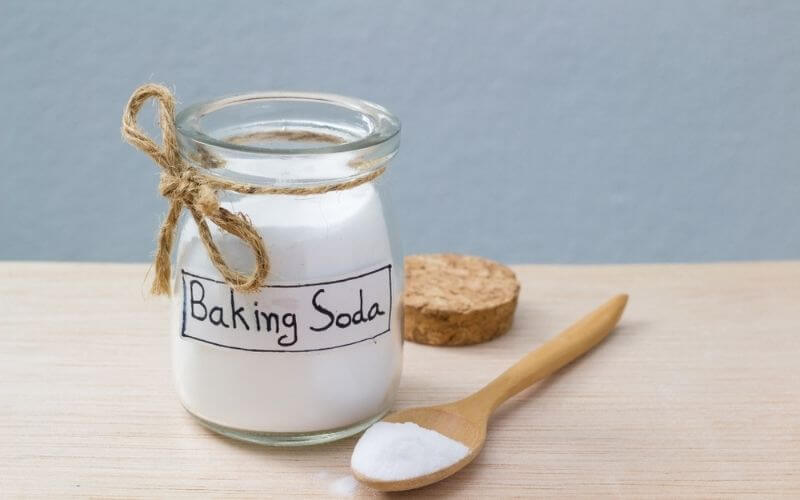
Baking soda is a very common cleaning ingredient that can be found in every household. So this method basically cost nothing!
Baking soda is a mild abrasive and natural agent for removing deep gunks. As it is not harsh enough, your precious coffee machine won’t be damaged in any way.
Plus, it smells like nothing! So instead of descaling coffee maker with vinegar, wash it with baking soda.
Here’s how you use baking soda to sterilize coffee makers:
Step 1: For your drip coffee maker, baking soda is a very quick and easy method. Take 1 cup of hot water and ¼ cup baking soda.
Step 2: Add the combination inside the reserve tank and let the soda dissolve.
Step 3: Do your usual brewing and let the baking soda to do its magic. It will run through the crate and slowly remove all the build-up grimes from the surface.
Step 4: Pour the dirty water into the skins and repeat the process if necessary.
Step 5: If your pot is clean at this point, use fresh tap water to run two/three more cycles to remove the soda completely. repeat this until the water looks clean and clear.
How to Cleanse Coffee maker with Bleach
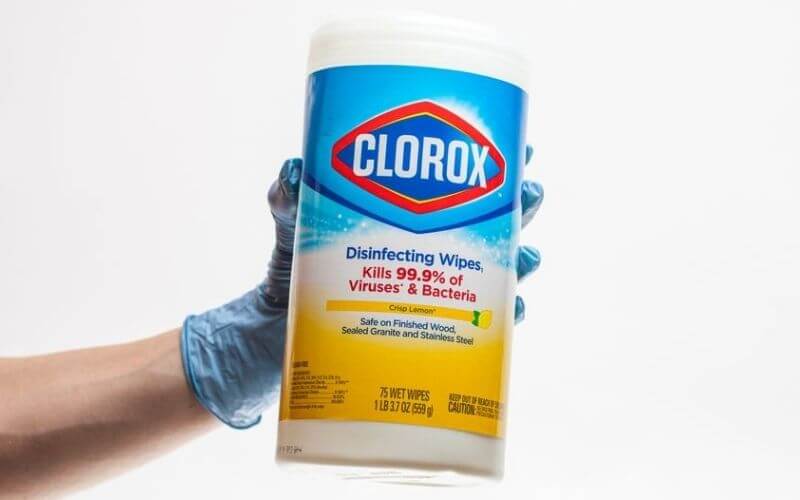
Although it seems quite intimidating and abrasive, bleach is a very good ingredient to deep-clean a coffee maker. This is only applicable if you haven’t washed your machine in a very long time.
Of course, you are not going to use direct bleach! Direct bleach is very dangerous and can potentially damage your machine and even your skin. Instead, you will be using bleach water.
Step 1: Mix 4 cups of water and 2 tablespoons of bleach into a bowl. That’s more than enough for your coffee machine.
Step 2: Place a filter paper in coffee makers.
Step 3: Pour the bleach-water mixture into the coffee maker and add more water if necessary.
Step 4: Turn on the machine and let it run for a few minutes. Then turn the machine off and check if it needs another round of brewing or not.
Step 5: Wash the coffee maker at least three more times with fresh tap water to remove all breach particles from the machine. The pot will become squeaky clean and look brand new!
Tip: Instead of bleach, you can also use hydrogen peroxide following the same method.
Disassembling the Coffee Maker: Cleaning with Liquid Dish Soap
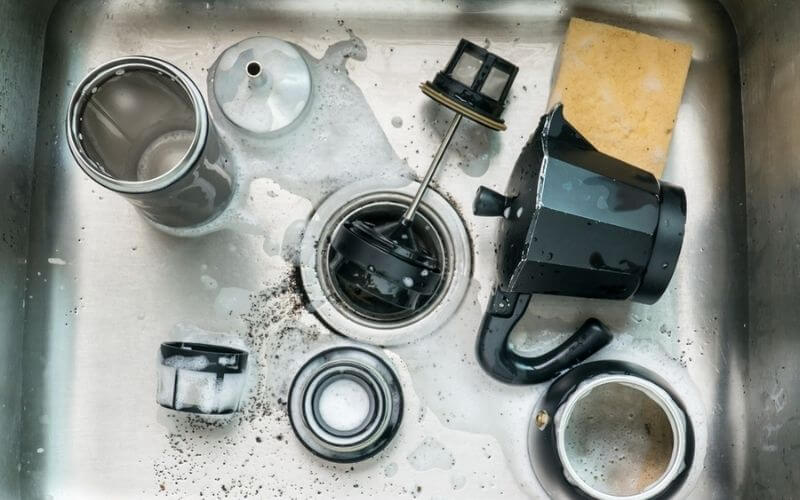
So far we have discussed how to clean the inner coffee-making pot. The other parts of coffee makers can harbor bacteria and mold too.
You don’t have to do this every week. But doing thorough cleaning once a month can improve the performance and durability of your machine.
Step 1: Disassemble the brew basket, the pot, and all removable parts.
Step 2: Submerge the parts in warm soapy water for half an hour. If the grime is too thick, you can leave them for an hour.
Step 3: Use a dishcloth or a sponge to gently scrape off any water buildup, grime, and grease. Be careful with glass pots and they are easily breakable.
Step 4: Using a wet rag, gently wipe the outside of the coffee machine. You can utilize a little bit of soap if necessary. But be careful not to soak it with water. Wipe off all water using a dry towel after cleanup.
Step 5: Dry each part and put them back in their respective places. Now you have a super fresh, clean coffee machine ready for a brew.
Tip: Some machines have parts that can be cleaned in the dishwasher. Check the manual of your coffee machine to see if it’s dishwasher safe or not.
What about Alcohol?
Yup! You can use alcohol to wipe coffee makers, and it works superbly!
Hard liquors such as gin, vodka, rum, whisky are really effective when cleaning up coffee makers.
All you have to do is pour some of it straight into the water reservoir and run the alcohol-water through the brewing cycle. You will be needing around 25% alcohol to weaken the buildups.
Easy Maintenance Tips for Coffee Makers
Even though cleaning coffee makers seems like a fairly simple task, we often make mistakes that cost us too much in the long run. So here is our list of some things to consider while cleaning coffee makers:
- Always check the instruction manual and warranty of coffee makers. If there is some advice or warnings, you have to know. Some coffee makers strictly mention not using certain chemicals. If you do, there is a chance of losing the warranty.
- Keep the machine dry when you’re not using it. So a good idea would be to keep the lids open.
- Don’t keep water on the reservoir 24/7. This results in water buildup and gradual browning of the pot.
- Rinse the brew basket after each use and make this a habit.
Why You Should Sanitize Coffee Makers More!

Let’s be honest, none of us cleans our coffee maker as much as we should. They are filled with leftover coffee gunks and water buildup.
Apart from usual hygiene issues, there are much more severe things that happen if you don’t wash coffee makers properly.
- Your coffee won’t taste good. This is a pretty obvious one. Even if you buy the most expensive Brazilian beans, it would taste ordinary simply because of poor cleanups.
- A coffee machine is basically heaven for molds and bacteria. It’s wet, warm, damp, and dark. So if you’re not consistent with cleanup, you will be drinking little pieces or germs with each cup. Yech!
- If you don’t polish coffee makers regularly, they will clog up and the water will stop flowing. Some even start to leak.
- Durability is another thing we need to keep in mind. Coffee makers are not cheap! They cost a substantive amount of money. Not cleaning it regularly shortens the lifespan of the device and you will end up replacing it a few years later.
Takeaway:
Regular cleanup not only keeps coffee makers looking shiny and new, but also enhances the flavor and taste of your coffee.
Now that you know how to clean a coffee maker without vinegar, you can try one of our best ways to clean your coffee pot without making it smell bad and acidic.
It doesn’t really matter which method you are following, as long as you are consistent and taking care of your favorite coffee maker, it will serve you for a long time.
Do you have any other tips to easily clean a coffee maker? Let us know in the comments down below!
Pin Later
